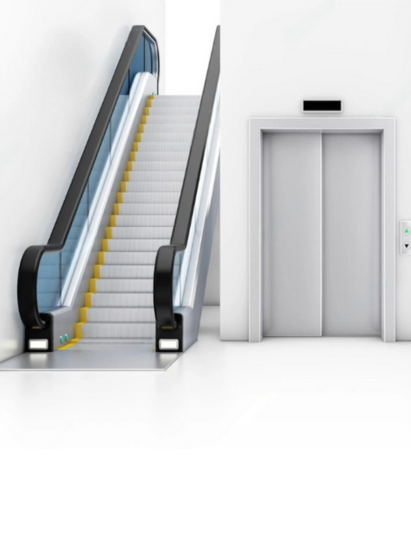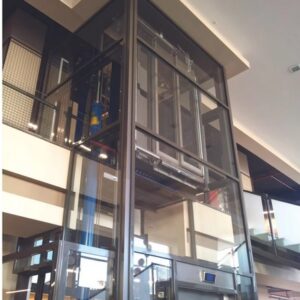lifts and elevators
Lifts and Elevators
Lifts and elevators are essential for vertical transportation in residential, commercial, and industrial buildings. They enhance convenience, accessibility, and efficiency, with various types available for passengers and goods. Technological advancements improve safety, speed, and energy efficiency, while regular maintenance ensures smooth operation and longevity in modern infrastructure.
Product Description
Lifts and Elevators: Enhancing Modern Infrastructure
Lifts and elevators provide efficient vertical transportation in residential, commercial, and industrial buildings. While both terms are often used interchangeably, elevators primarily carry passengers, whereas lifts transport both people and heavy loads. The growing need for high-rise buildings and better accessibility has made these systems a crucial part of urban development. Their installation, maintenance, and performance depend on factors such as building height, capacity, safety features, and technological advancements.
Common Uses of Lifts and Elevators
Different designs and structures serve various purposes. Passenger models are frequently seen in apartments, office buildings, hotels, and shopping malls, ranging from small residential units to large-capacity systems in commercial spaces. Freight solutions handle heavy goods in warehouses, factories, and storage areas, built with reinforced structures for durability. Service-based designs operate in hotels and hospitals, assisting staff in transporting supplies, food, and medical equipment. In restaurants and homes, compact lifts, such as dumbwaiters, help move food and dishes between floors.
Innovations in Lift and Elevator Technology
Advancements in engineering and design have improved efficiency, safety, and energy consumption. Hydraulic systems, which rely on pistons and fluid pressure, are common in low- to mid-rise buildings. They are reliable and cost-effective but require regular maintenance. Traction-based designs use counterweights and steel cables, making them suitable for mid- to high-rise structures due to their speed and efficiency. Machine-room-less (MRL) models have become popular for eliminating the need for a separate machine room, optimizing space while maintaining high performance. Pneumatic vacuum lifts, powered by air pressure, offer a modern and compact solution, especially for homes.
Safety Features in Modern Elevators
Safety remains a priority, with manufacturers incorporating advanced technologies to prevent accidents and improve reliability. Emergency brakes, overload sensors, and backup power systems ensure smooth operation even during power failures. Automatic rescue devices bring the elevator to the nearest floor in case of an emergency, preventing passengers from being trapped. Fire-resistant materials and ventilation systems enhance overall security, making elevators a dependable mode of transportation.
The Importance of Regular Maintenance
Proper servicing is essential to maintain reliability and longevity. Routine inspections, lubrication, and component checks help prevent malfunctions and costly repairs. Many companies offer maintenance contracts that include periodic servicing, emergency repairs, and safety checks to keep systems operating efficiently. Well-maintained elevators improve passenger safety, performance, and durability over time.
The Growing Role of Lifts and Elevators
These systems have transformed movement within buildings, offering convenience, safety, and accessibility. Their role in construction and urban development continues to expand, driven by technological advancements and the need for efficient transportation solutions. Whether installed in residential, commercial, or industrial settings, well-designed and properly maintained elevators contribute to seamless mobility and enhanced building functionality.













Reviews
There are no reviews yet.